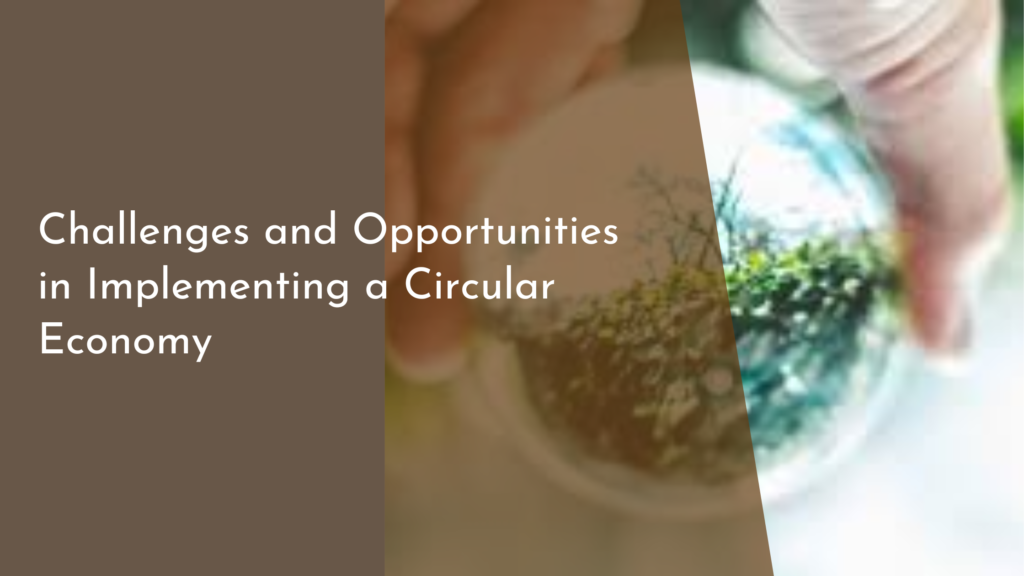Urban Forestry as Catalysts for Multi-Functional Urban Districts
Urban areas are often seen as concrete jungles, but a rising trend known as urban forestry is changing this narrative. By integrating nature into urban landscapes, cities are not only enhancing their aesthetic appeal but also reaping a plethora of ecological, social, and economic benefits. This article explores how urban forestry acts as a catalyst for creating multi-functional urban districts that promote sustainability, community well-being, and resilience in the face of climate change.
Embracing Nature: The Rise of Urban Forestry Today
Urban forestry is gaining momentum as cities worldwide begin to recognize the vital role that trees and green spaces play in urban ecosystems. As urban populations continue to swell, the need for sustainable development has never been more pressing. Urban forestry initiatives focus on planting and maintaining trees in urban environments, ensuring that even densely populated areas can enjoy the benefits of nature. This shift towards greener cities is fueled by a growing awareness of the link between nature and urban quality of life.
Moreover, urban forestry is becoming a significant trend in urban planning, with policymakers advocating for green infrastructure as a means to combat issues such as air pollution, heat islands, and biodiversity loss. Cities are investing in innovative projects that integrate trees and green spaces into streets, parks, and even rooftops, transforming everyday areas into lush environments. As a result, urban forestry is not just about planting trees—it’s about rethinking how we interact with and design our urban spaces.
How Trees Create Vibrant and Sustainable Urban Spaces
The presence of trees in urban environments goes beyond mere aesthetics; they offer a multitude of ecological benefits that contribute to vibrant and sustainable urban spaces. Trees act as natural air filters, absorbing pollutants and producing oxygen, which enhances overall air quality. Additionally, they help mitigate stormwater runoff by absorbing rainwater and reducing flooding risks. This natural management of urban water systems is crucial in an era where climate resilience is paramount for city planners.
Furthermore, trees contribute to social interactions, creating inviting public spaces where community members can gather and engage. Studies show that neighborhoods with ample greenery not only attract more residents but also foster a sense of community pride and belonging. By incorporating trees and green areas into urban design, cities can ensure that they remain livable and enjoyable for current and future generations.
Boosting Community Well-Being Through Green Infrastructure
Urban forestry plays a pivotal role in enhancing community well-being by promoting physical and mental health. Access to green spaces has been associated with numerous health benefits, including reduced stress levels, improved mood, and increased physical activity. Parks and tree-lined streets encourage walking, jogging, and socializing, which are all crucial for maintaining a healthy lifestyle. Furthermore, exposure to nature has been shown to boost cognitive function and emotional resilience, particularly in urban settings where life can often feel hectic.
In addition to health benefits, urban forestry can foster social cohesion and connectivity among residents. Community gardening initiatives and tree planting events bring people together, creating opportunities for collaboration and bonding. By involving local residents in the stewardship of green spaces, cities not only enhance their environments but also empower communities to take ownership of their neighborhoods, forging stronger social ties and networks.
Transforming Cities: The Future of Multi-Functional Districts
As urban areas continue to evolve, the concept of multi-functional districts is on the rise, and urban forestry is at the forefront of this transformation. These districts emphasize the integration of residential, commercial, and recreational spaces, all while prioritizing green infrastructure. By designing cities that harmonize built environments with nature, urban planners can create areas that serve a variety of purposes, from housing to leisure activities, all within a sustainable framework.
Looking ahead, the future of urban forestry promises to be even more innovative, with advancements in technology and community engagement shaping the landscape of our cities. Vertical gardens, green roofs, and urban agriculture are just a few examples of how urban forestry can adapt to limited space while maximizing ecological benefits. As cities embrace these innovative practices, they will not only enhance their resilience to climate change but also foster vibrant, inclusive, and thriving urban districts for generations to come.
Urban forestry is an essential ingredient in the recipe for creating multi-functional urban districts that celebrate both nature and community. By embracing trees and green spaces, cities can enhance their beauty, sustainability, and livability. As we move forward, it is crucial for urban planners, policymakers, and residents to collaborate in promoting urban forestry initiatives that benefit everyone. Together, we can transform our urban landscapes into thriving ecosystems that nurture both people and the planet.

